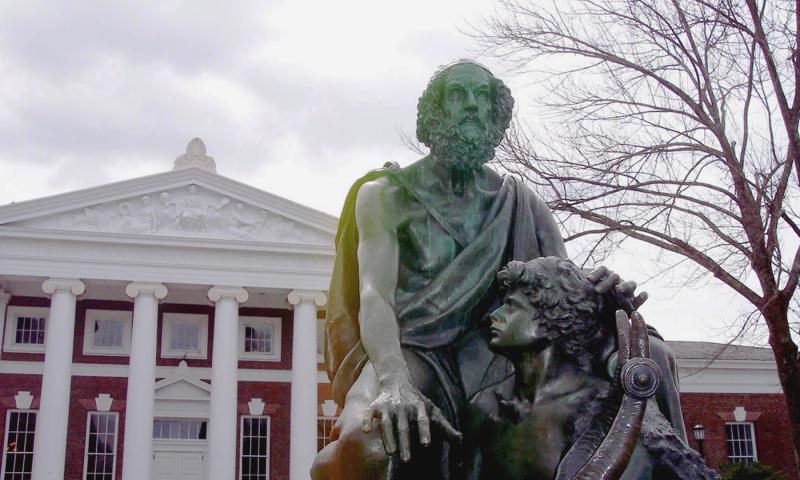Holding the Course, Virtually

As UVA faculty undertake the task of moving all spring semester courses from the classroom to virtual delivery, the A&S Learning Design & Technology team — under the leadership of director Judy Giering — is working to ensure instructors have the tools and support they need to make the transition as smooth as possible.
Giering’s team consists of instructional design specialists and new-media experts with a deep understanding of how to integrate technology into teaching and learning.
Inside A&S spoke recently with Giering about the resources they have to help College faculty move nearly 5,000 courses online.
Q. What do faculty need to know as they begin to move their courses online?
Giering: We’re trying to keep it straightforward and simple. We’ve put a resource together on the UVA website called Teaching Continuity, and that’s a great starting point for understanding the possibilities of virtual instruction. Those possibilities certainly include Zoom, but there are others. And as faculty work through that to learn about the technology, there are also teaching strategies that they might want to think about. I encourage faculty to reach out to the Learning Design & Technology team at learningdesign@virginia.edu with any questions they have.
We’ve also added an online sign-up for faculty interested in consults.
I want them to know that we are here for them, that we understand that they’re learning a lot of new things quickly, but with a little bit of thought, creativity and planning this can work well.
Q. What kinds of questions are you getting already?
Giering: We’re getting questions on technical issues, but honestly, more people are asking things like “How do I make a specific teaching strategy work virtually?”, “What’s the best way to conduct my seminar in Zoom?” and “What if I usually have students work in small groups … how can I do that?”
One of the biggest areas of concern is around student assessment. “Do I need to rethink the way that I’m assessing student learning and possibly come up with an alternative idea?” We’re also hearing faculty recognizing that some students may have access issues. I would want them to know that we are working fast and furiously on our response to that. That’s actually a conversation that a number of different entities are very focused on.
We’re also working closely with our University partners: the library system, ITS, the Center for Teaching Excellence and the Provost’s office. So where we don’t have an answer, we’re working closely with those partners to tap into getting answers quickly.
Q. Are there any deadlines that faculty need to be aware of?
Giering: Yes. By the end of Monday [March 16], faculty should have communicated with students about their plans for instruction and how to stay informed on course updates. We have a template — which is available here — for any faculty who want to make sure they cover all the necessary information. Other than that, we are very focused on Thursday because that’s when classes start, but we will continue to have availability for consultations well after.




